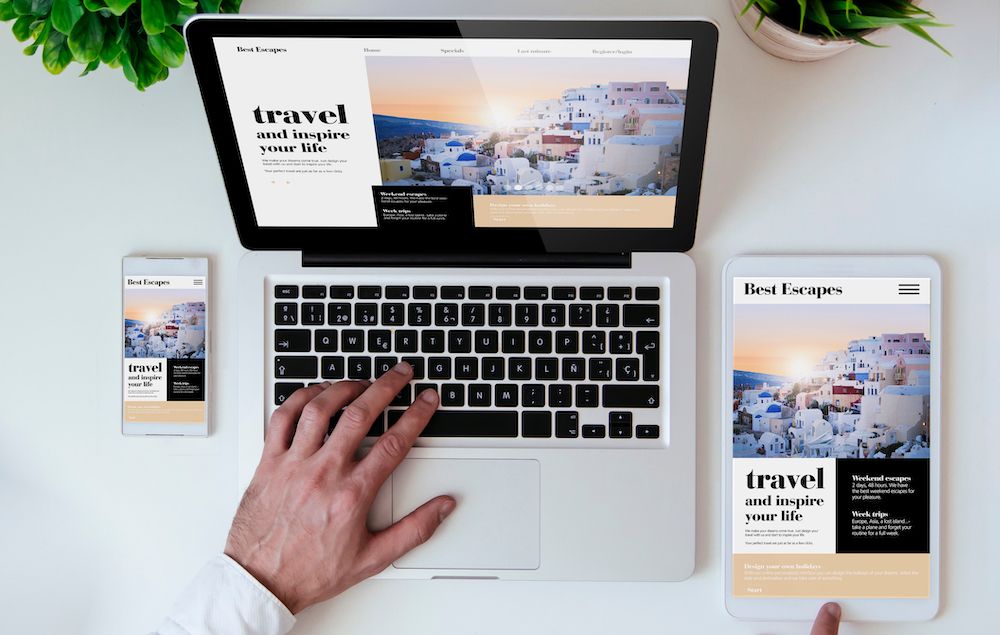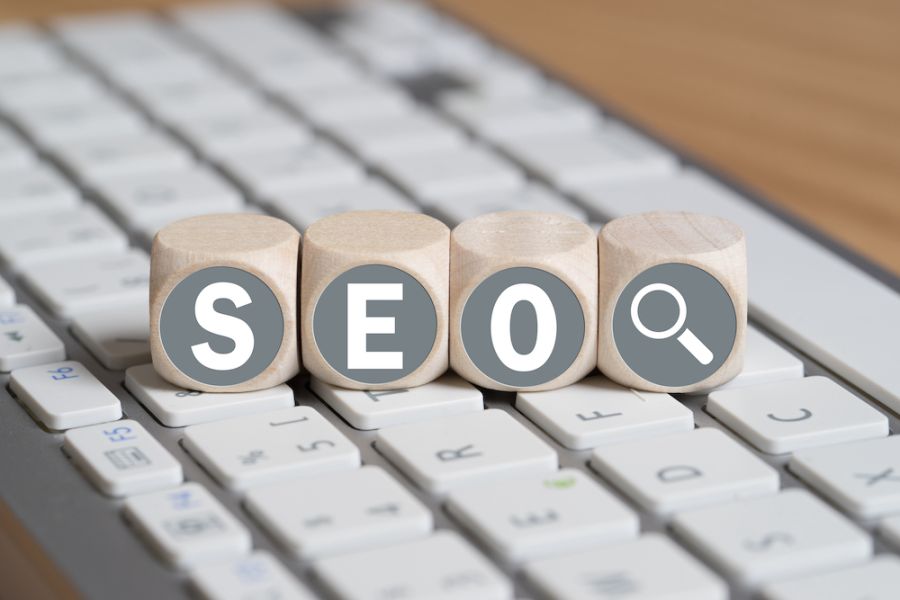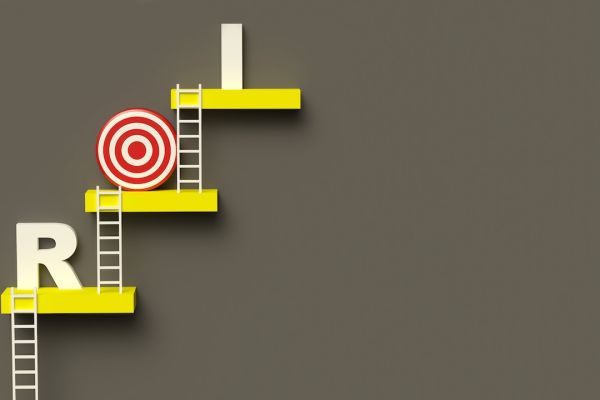Website creation
Free website editor. Is it good for me?
Cheap meat doesn’t make good soup – As the saying goes, which unfortunately is also true for website design. For a business, especially a small one such as an SME, DIY website building can be very appealing at first. Website editing programs are easy to use, they are logical, they can be used to create responsive websites, and they offer a wide range of templates, but lack of skills can be a major problem, not to mention the problems that can arise during use and on the long run.
It is like an inexperienced baker baking a frosted cake. He watches a few videos on the internet where everything looks so simple, gets excited, buys everything he needs to make it and enthusiastically grabs a wooden spoon and a robot machine. By the time the "masterpiece" is ready, the self-proclaimed confectioner feels that he may have gotten in over his head, because the sponge cake has become spongy, the cream is runny and the icing is cloudy.
Website design considerations - What does a professional website look like?
UNIQUE
When someone starts building a website on their own, they will most likely work with templates. It is understandable that sites based on the same template will be very similar, which is especially embarrassing if your site is similar to a competitor's site.
It is better to opt for a unique design, as this will allow the company to stand out and distinguish itself. Not to mention that the main focus when creating a custom website is on the needs, not on what the template allows. So, the end result is a website that fully meets the company's expectations.
RESPONSIVE
Modern websites are expected to work just as well on a mobile or tablet device as they do on a computer browser. A responsive website is mobile-friendly, meaning that it is easy to read and navigate between menu items on a mobile device.
TECHNICALLY IMMACULATE
When building a website, care must be taken to keep page speed and load times within the right limits. Slow loading websites can be a source of many problems. No matter how much work and money you have invested, no matter how attractive your website looks and no matter how valuable your content is, if it doesn't load quickly enough, the visitor will simply click away and probably never return.
The speed of the page is affected by the server resources, the strength of the internet and connection, the browser, the device used and the website itself. Many factors affect load and speed, some we can influence as a company and some we cannot. And it's already worth making it a top priority in development, because according to Google, if a mobile website loads slower than 3 seconds, half of your visitors will navigate away.
The ideal speed is 2-3 seconds or less. You can easily check this on your own website with the PageSpeed Insights performance analysis website.
WELL STRUCTURED
When creating a website, you should make sure that it is well structured and clear. This contributes greatly to a good user experience, allowing visitors to spend as much time as possible on the site and easily find the information they need.
A website is well structured if its pages are linked both logically and technically, i.e. they refer to each other by links, thus forming a network. It is important to stress that a website is not equivalent in content or form to a marketing tool such as a leaflet or a brochure. This may seem obvious, but very often the structure of such and similar materials is followed when setting up a website.
Map of the site
A sitemap is very useful and essential for the design of a website. It summarises the subpages of the website and their hierarchy. To make a good website, you need to think with the target audience in mind, and then gather the information that the website browsers need, and which of these are the most important.
It is worth making sure that you define a maximum of 3 hierarchy levels, simplify as much as possible! Websites that are too complex will lose visitors, not to mention the fact that SEO and URL structure also make it worthwhile to choose a less complex structure.
The site grid
As described above, a web page creates a network: various tags, links, hyperlinks and buttons connect pages. These can be used to map out the visitor's path, directing them to the final destination, such as the contact us or request a quote sub-page.
The design stage of website design should define the path the user will take from the point they click on the website to the point they navigate away from it and close it. If you get this right, the time spent on the page will increase, the bounce rate will decrease and the number of clicks will increase.
IS ALIGNED WITH THE OBJECTIVES
Most people create a website to present their product or service to the general public, but some launch a webshop, some help match supply and demand, and so on. There are different marketing strategies for different organisations, in which the role of the website serves different purposes.
It could be that someone is building their whole business on it, which is typical of web shops, or it could be that it is a company that just wants to tick the 'must-have' box, because nowadays, if you don't have a website, it is hard to take you seriously. Even though everyone can write what they want on the website, it still gives a sense of security, it also allows you to know the background.
Whatever the place of the website in the marketing strategy, the main thing is that it should be in line with it, both in terms of its appearance, complexity and content.
The website should be tailored to the needs and tastes of the target audience. A website with a completely different design and layout is needed for an elderly care service and a leisure facility that attracts twenty-somethings. You have to listen to your audience and get to know their needs and their world. Obviously, if you are expecting foreign visitors, multilingual website development will be the best way to go.
SEARCH ENGINE OPTIMISED
Why Meraki?
At Meraki, website development starts with strategy. We don't lose sight of our clients' ultimate goal, whether it's to increase awareness or even sales. We support those who want a quick and simple solution to their website needs, but we are also enthusiastic about tackling more creative projects.
Some of our clients have come to us for a new website, but there are also those who want to redesign their existing website. We also integrate different systems such as webshop, contact module, ERP systems, automation and booking systems.
How can we help regarding your website development?
- UX/UI design
- Graphic works
- Copywriting
- Development
- Search engine optimization
- Project management
Contact us and let's talk! We are at your disposal!
























